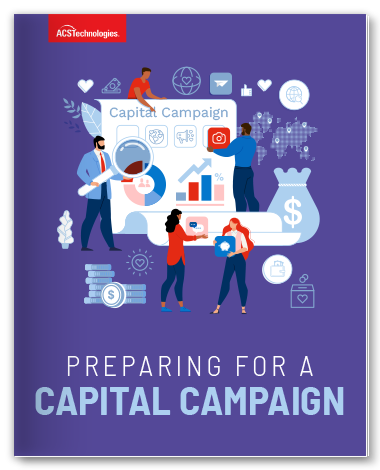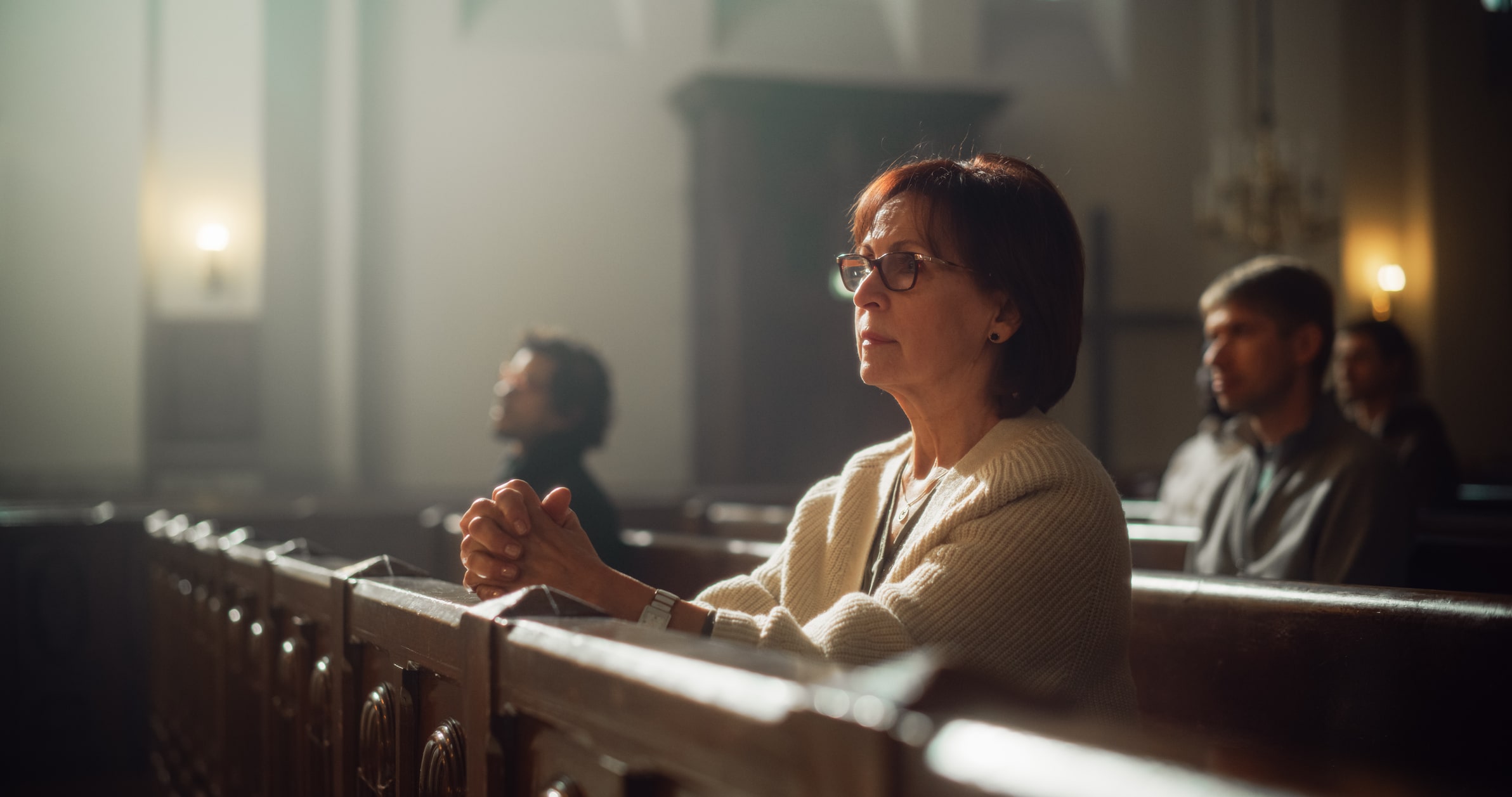Preparing for a Capital Campaign Part 3
When a campaign isn’t successful, it usually comes back to a handful of common mistakes that organizations make. One pitfall is not looking closely at the campaign’s feasibility: What will our givers support?
In this blog series, we’re outlining the stages of preparing your church for a campaign. Today we’re exploring the critical step of a feasibility study. The study aims to help you understand if your church’s members are on board with the project, the extent to which they’re prepared to help fund it, and the timing of a campaign.
Status
It’s important to look closely at your church’s financial picture. What’s the recent history of our members’ giving? What are our financial obligations? Are we paying off debt? Struggling with cash flow or making our budget? Are we growing or shrinking right now? A deep dive into these financial questions will help you frame your trajectory and inform any decisions about the viability of doing a campaign this season.
Before we put together any videos or brochures about our campaign, we must conduct feasibility assessments. Many organizations undertake a formal feasibility study that can take months. It includes looking at donor data and trends and in-depth interviews with key leaders and donors. Those conversations help us know where this campaign project is on the priority list of our givers, how they would handle a three-year pledge commitment, and their level of enthusiasm for the project.
Commitments
Those donor discussions during the feasibility phase can flag if donors would move their tithe commitments toward funding the campaign goal, which would hurt the church’s operating budget. Those interviews also alert us to any concerns about the project or funding models. Things that should be addressed in our campaign meetings and materials. Equally importantly, those conversations allow us to ask our top prospects where they see themselves in the funding pyramid (the levels of donor gift commitments we’ll need to be successful).
Finally, those feasibility conversations reinforce how important each member and giver is to our campaign. It allows them feedback and buy-in. How much do they know about the project and its expected outcomes? Do they believe in it? We should come away with a clearer picture of what’s needed in our campaign communications.
A thorough feasibility study can sometimes tell us we have a great project, but the timing is wrong. It can help us re-assess and determine multiple phases and slow or scale the project down.
But this study can also reveal that we can do more than we’d imagined. Sometimes we discover this is the very season in the life of our church. The right timing – for a larger goal or bigger vision than we’d originally planned.
Conclusion
Successful campaigns have to be scaled to the outcomes of feasibility. We know God is at work in the hearts of our members and may bless this work in ways we can’t anticipate or plan for. But we will have done our part in intentional planning, being good stewards of our members, their time, and resources.
In the final blog of this series, we’ll walk through the last part of the preparation process, which is an assessment of past wins and losses.
PREPARING FOR A CAPITAL CAMPAIGN
Capital campaigns fail.
Avoid the common mistakes and ensure your church’s campaign success by preparing adequately.
This article provides the phases and tools you’ll need to fully prepare your church staff, key volunteers, and donors for all a campaign entails. Discover the key steps you’ll need to undertake to ensure your church is well-positioned to launch a campaign that will meet its goal.
For more information on consulting for Capital Campaigns, visit ACST’s Consulting pages.
Tim has over 30 years of experience in Church, Non-Profit Administration, Management, and Fund Development. Serving as an Executive Pastor and Chief Development Officer in growing Churches and Non-Profit Organizations, he has provided a wide range of expertise and resources. Tim serves as Founder and CEO of Non-Profit DNA. A boutique firm committed to helping nonprofits and churches. By building their capacity through fundraising, leadership, team building, staff recruiting, and coaching.





